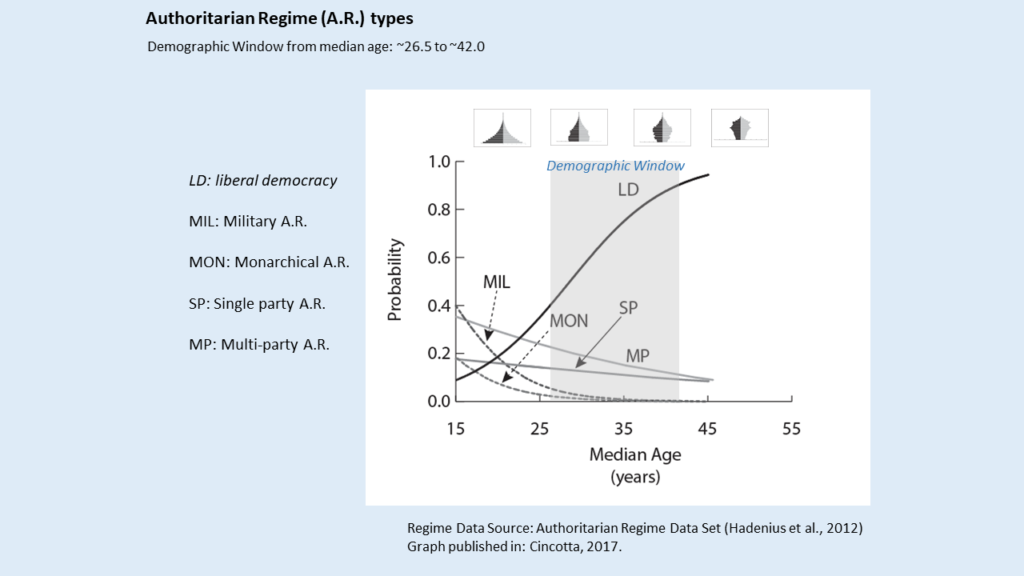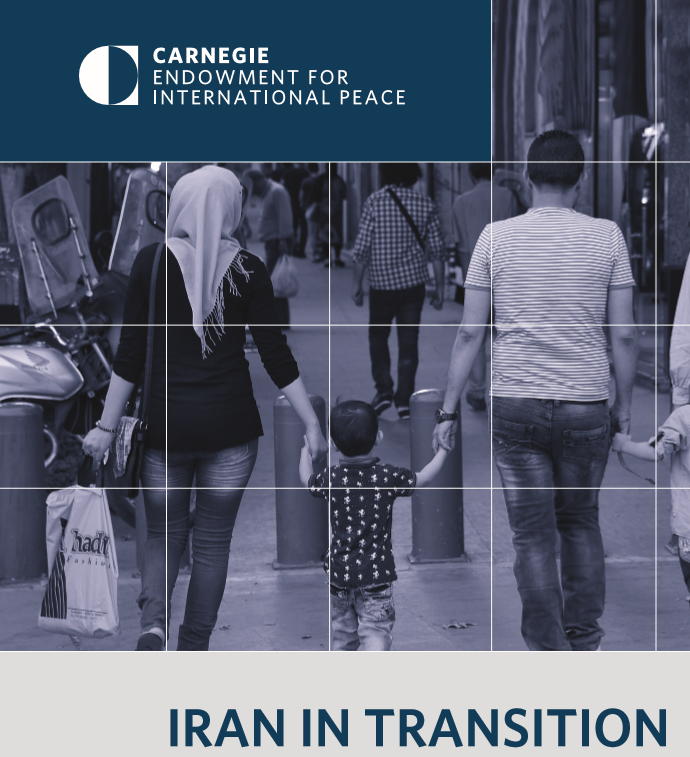Site of the world’s most rapid completion of the fertility transition

Read the background story of Iran’s political demography from the online library of PoliticalDemography.org:
- Iran’s Demographic Future and Its Implications (Cincotta & Sadjadpour, Dec. 2017, Carnegie Endowment for International Peace).
- Uncomfortable Companions: Fertility and Ideology in Iran. (Cincotta, 2018, New Security Beat).
- Iran: The Clash of Ideology and Development. (Cincotta, 2012, Foreign Policy Research Institute).
- Iran’s Chinese Future (Cincotta, 2009, Foreign Policy)

 Rapid growth among the Haredi (Ultra-Orthodox) sector of Israel’s population has been a two-edged sword for Israel’s right-wing political parties. On one hand, the Haredim’s intensely youthful age structure contributes a larger cohort into the voting-age population with each successive election, yielding an increasingly larger contingent from United Torah Judaism (UJT), a voting list comprised of two Ashkenazi-Haredi parties: Degal HaTorah and Agudat Israel (See a 2013 article, published by FPRI, on the changing
Rapid growth among the Haredi (Ultra-Orthodox) sector of Israel’s population has been a two-edged sword for Israel’s right-wing political parties. On one hand, the Haredim’s intensely youthful age structure contributes a larger cohort into the voting-age population with each successive election, yielding an increasingly larger contingent from United Torah Judaism (UJT), a voting list comprised of two Ashkenazi-Haredi parties: Degal HaTorah and Agudat Israel (See a 2013 article, published by FPRI, on the changing 



